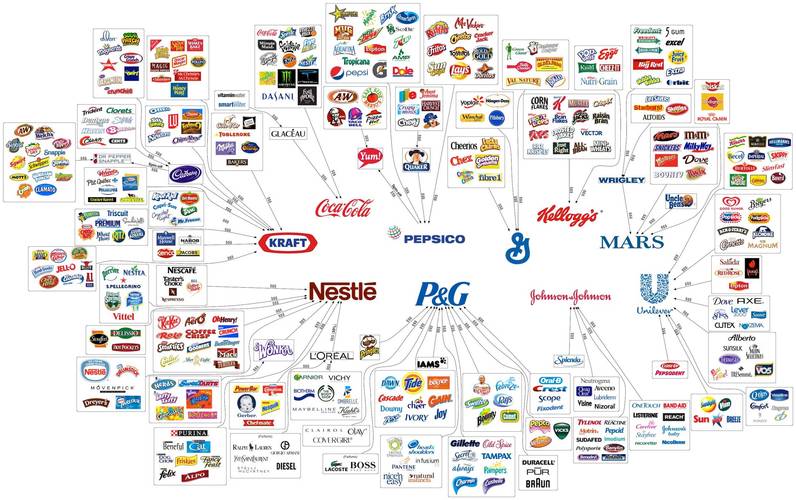
Big Corporations Releasing Money Grabbing Games
Have you ever felt like you’re being taken for a ride when playing a game? You’re not alone. Many big corporations have been releasing money grabbing games that exploit players for profit. In this article, we’ll delve into the various aspects of these games, including their design, marketing strategies, and the impact they have on consumers.
Designing for Profit
One of the most common tactics used by big corporations is to design games that are inherently designed to make money. This often involves creating games that are easy to start but difficult to master, which keeps players coming back for more. Here’s a look at some of the key design elements used in these games:

| Design Element | Description |
|---|---|
| Microtransactions | Games that require players to spend real money to progress or gain an advantage. |
| Pay-to-Win | Games where players can only win if they spend money on in-game items. |
| Time-Limited Offers | Special deals that expire after a certain period, encouraging players to spend money quickly. |
These design elements are often combined to create a game that is both addictive and profitable. For example, a game might use microtransactions to allow players to bypass difficult levels, while also using pay-to-win mechanics to ensure that only those who spend money can win.
Marketing Strategies
Once a game is designed to make money, the next step is to market it effectively. Big corporations use a variety of marketing strategies to entice players to download and play their games. Here are some of the most common tactics:
-
Free-to-Play Model: Many of these games are free to download and play, but they rely on microtransactions to generate revenue.
-
Social Media Advertising: Companies use social media platforms to promote their games and reach a wide audience.

-
Influencer Marketing: Influencers are paid to promote games to their followers, creating a sense of credibility and trust.
-
Teasers and Previews: Companies release teasers and previews of upcoming games to generate buzz and anticipation.
These marketing strategies are designed to make the games seem irresistible, often leading players to download and start playing without fully understanding the game’s monetization model.
The Impact on Consumers
The release of money grabbing games has had a significant impact on consumers. Here are some of the key issues:
-
Financial Burden: Many players find themselves spending more money than they intended on these games, leading to financial strain.
-
Time Wasted: Players can become addicted to these games, spending hours and hours playing and spending money.
-
Privacy Concerns: Some of these games collect personal data from players, raising privacy concerns.
These issues have led to increased scrutiny from regulators and consumer advocacy groups, who are calling for more transparency and accountability from big corporations.
Conclusion
Big corporations releasing money grabbing games is a growing concern for consumers. These games are designed to make money, often at the expense of the player. As consumers, it’s important to be aware of the tactics used by these corporations and to make informed decisions about the games we choose to play. By doing so, we can help ensure that the gaming industry remains a place of fun and entertainment, rather than a source of financial exploitation.




